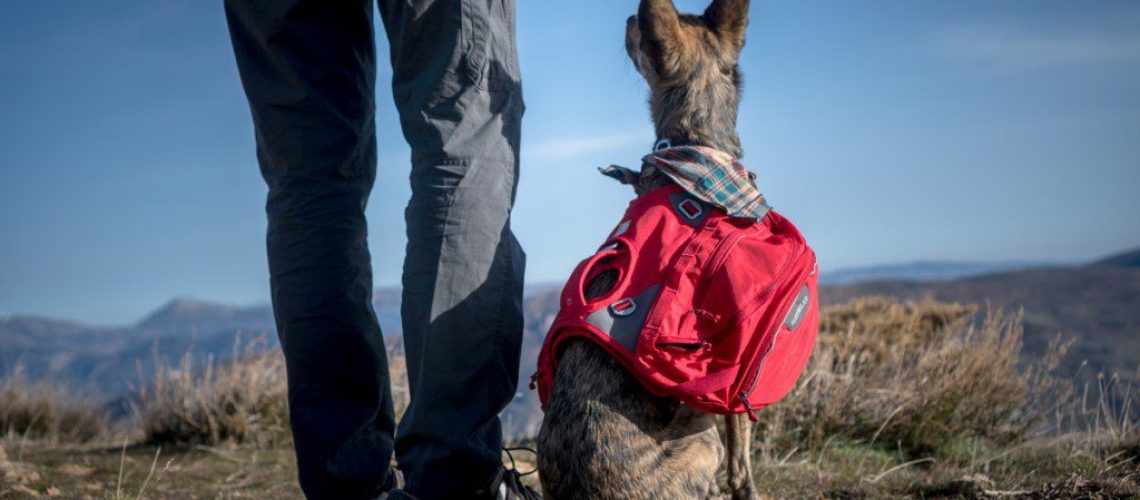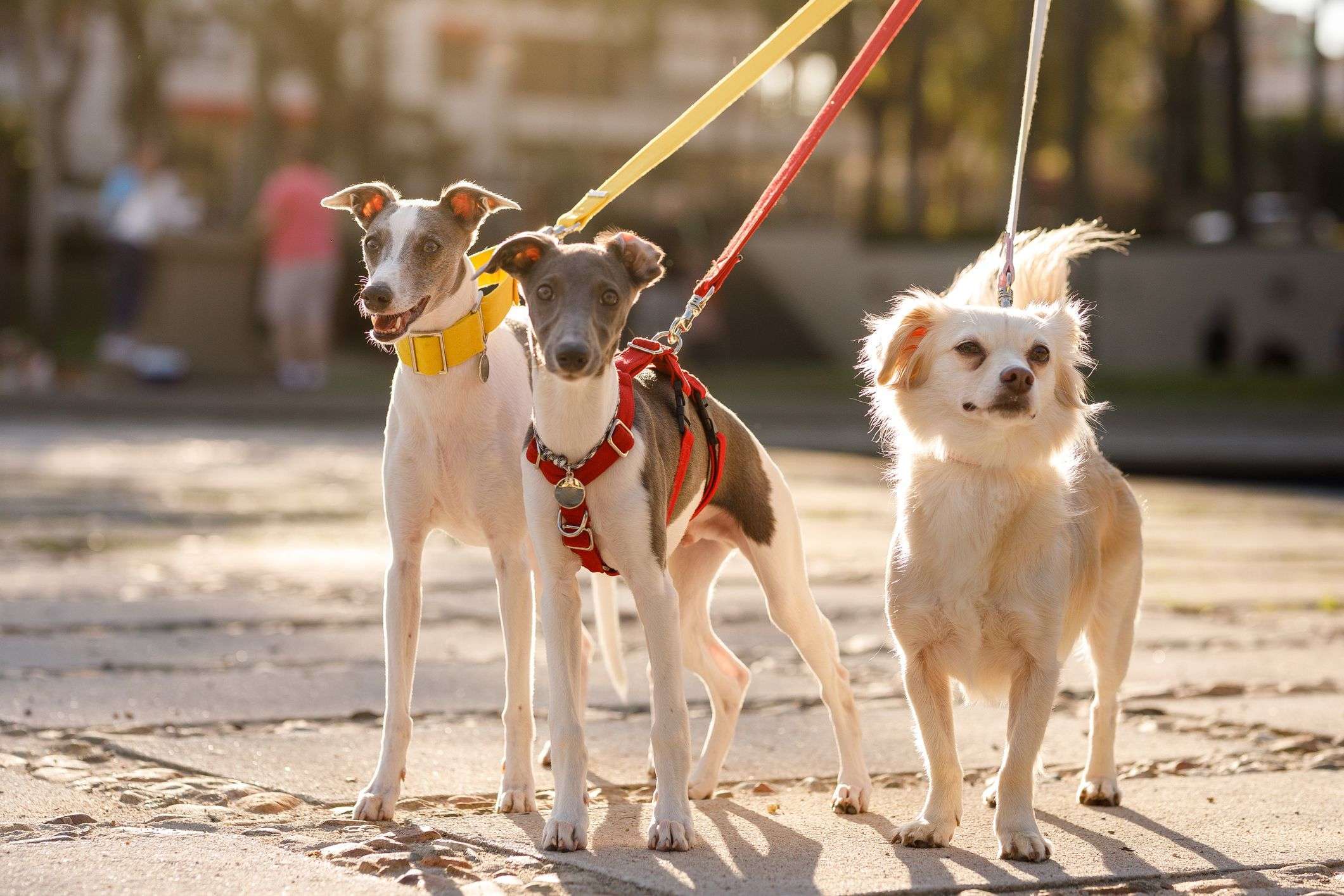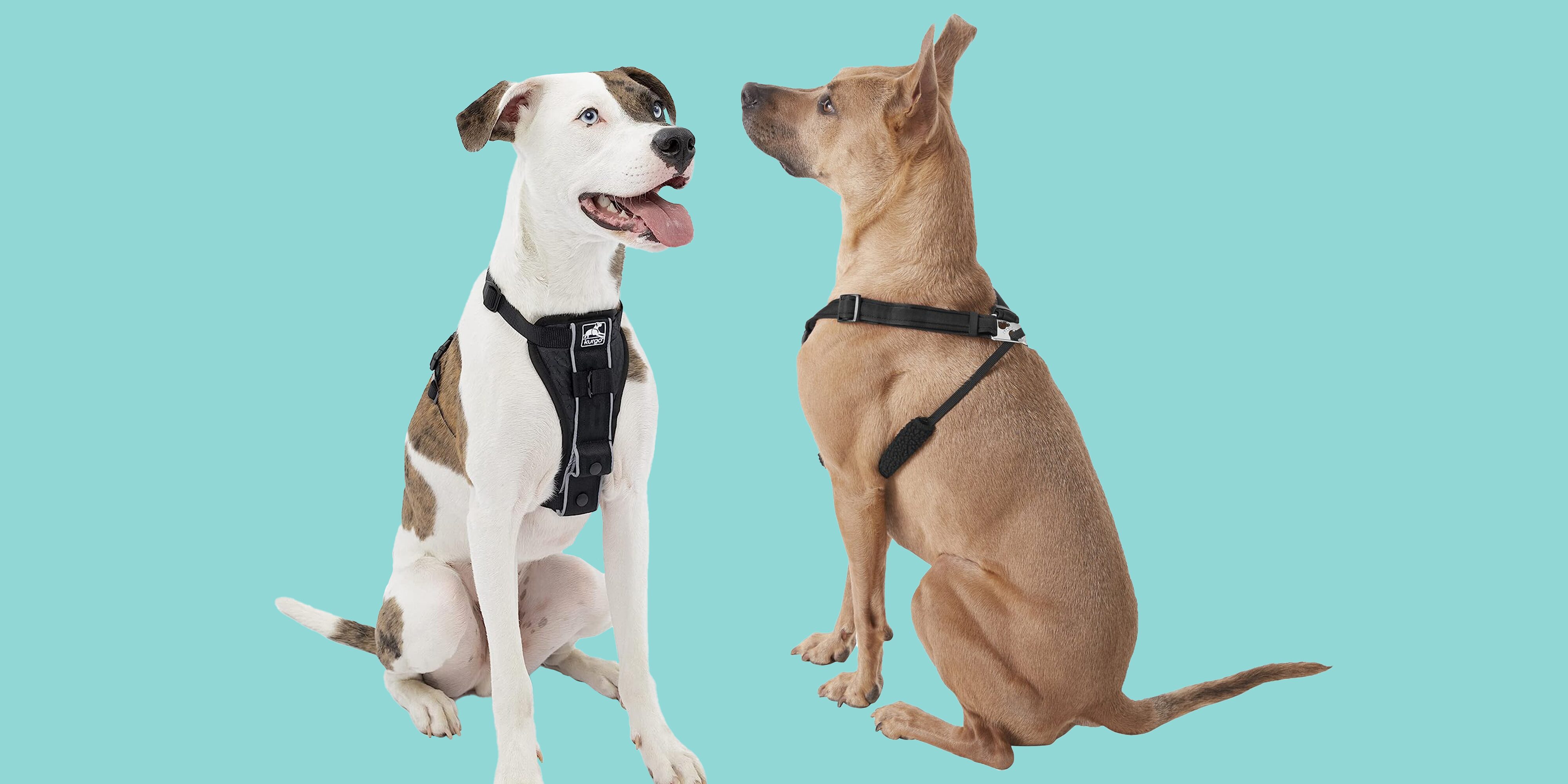Introducing the must-have gear for your furry friend - Essential Gear for Dogs. From durable leashes to cozy beds, we have everything your dog needs for a happy and comfortable life.
Key Takeaways:
- Quality leash and collar are essential for controlling and restraining your dog during walks.
- A comfortable and well-fitted harness can help distribute the force evenly and prevent choking or pulling on the neck.
- Durable and safe toys are important for mental stimulation, exercise, and preventing destructive behavior.
- A cozy and supportive bed provides a comfortable resting place for your dog, promoting better sleep and overall well-being.
- Proper identification tags with up-to-date contact information are crucial in case your dog gets lost or goes missing.
Essential Gear for Dogs: What Every Dog Needs
Dogs are wonderful companions, but they also have specific needs that must be met to keep them happy and healthy. Having the right gear for your dog is essential for their well-being. Whether you're a new dog owner or have had dogs for years, it's important to make sure you have all the necessary items to provide for your furry friend.
A Comfortable Collar
One of the most basic items every dog should have is a collar. A collar serves multiple purposes, including holding identification tags and providing a place to attach a leash. When choosing a collar for your dog, make sure it fits properly and is comfortable for them to wear. Look for collars made from durable materials that won't irritate your dog's skin.
A Sturdy Leash
A leash is another essential item for walking your dog safely. It allows you to maintain control while keeping your furry friend close by your side. When selecting a leash, opt for one that is strong and durable. Consider the length of the leash depending on where you plan to walk your dog – longer leashes are great for open spaces, while shorter ones work well in crowded areas.
A Cozy Bed
Just like humans, dogs need a comfortable place to rest and sleep. Providing your dog with a cozy bed not only gives them a sense of security but also helps protect their joints and muscles. Look for beds that are the right size for your dog and made from soft materials that are easy to clean.
Other Basic Items Every Dog Should Have:
- Food and water bowls: Choose bowls that are easy to clean and won't tip over easily.
- Dog food: Consult with your veterinarian to determine the best type of food for your dog's breed and age.
- Chew toys: Dogs love to chew, so providing them with appropriate chew toys can help keep their teeth healthy and prevent destructive chewing behavior.
- Grooming supplies: Regular grooming is important for your dog's hygiene. Invest in brushes, combs, and nail clippers suitable for your dog's coat type.
By ensuring you have these essential items for your dog, you'll be well-prepared to meet their basic needs and provide them with a comfortable and happy life.
The Importance of Having the Right Gear for Your Dog
Having the right gear for your dog is essential for their safety, comfort, and overall well-being. One of the most important items every dog owner should have is a properly fitting collar or harness. This not only allows you to attach a leash for walks but also provides a means of identification in case your dog gets lost. It's important to choose a collar or harness that fits snugly but not too tight, and that is made from durable materials.
In addition to a collar or harness, it's also important to have a sturdy leash. A leash allows you to maintain control over your dog during walks and prevents them from running off into dangerous situations. Look for a leash that is comfortable to hold and has a secure attachment to the collar or harness.
Benefits of Having the Right Gear:
- Ensures your dog's safety during walks
- Allows for proper identification in case of loss
- Maintains control over your dog's movements
- Promotes responsible pet ownership
Tips for Choosing the Right Gear:
- Measure your dog's neck size before purchasing a collar
- Consider your dog's breed and activity level when choosing a harness
- Opt for reflective materials on collars or leashes for added visibility during nighttime walks
- Choose gear made from high-quality materials that will withstand wear and tear
Basic Items Every Dog Should Have: A Checklist
Owning a dog comes with certain responsibilities, and providing them with basic items is one of them. Here is a checklist of essential items every dog should have:
Checklist:
- Food and water bowls
- A comfortable bed or crate
- A collar or harness with identification tags
- A leash for walks
- Toys for mental and physical stimulation
- Grooming tools such as brushes and nail clippers
- Dog-specific shampoo and conditioner for bathing
- Poop bags for cleaning up after your dog during walks
- A first aid kit for emergencies
By ensuring that your dog has these basic items, you are setting them up for a happy and healthy life.
Keeping Your Dog Safe on Walks: The Benefits of Collars and Leashes
When it comes to taking your dog for a walk, safety should be a top priority. Collars and leashes play a crucial role in keeping your dog safe during outdoor excursions. A collar provides a means of identification by attaching tags with your contact information. This is especially important if your dog accidentally gets loose or lost.
In addition to identification purposes, collars also allow you to attach a leash, which gives you control over your dog's movements. This prevents them from running into traffic, approaching aggressive dogs, or getting themselves into other dangerous situations. A leash also helps in training your dog to walk politely on a leash without pulling.
Benefits of Collars and Leashes:
- Identification in case of loss or escape
- Maintain control over your dog's actions during walks
- Prevent accidents and keep your dog safe from potential dangers
- Aid in training and teaching leash manners
Tips for Using Collars and Leashes:
- Ensure the collar fits properly, not too tight or too loose
- Choose a leash length that suits your walking style and environment
- Use positive reinforcement techniques to train your dog to walk calmly on a leash
- Regularly check the condition of the collar and leash for any signs of wear or damage
A Good Night's Sleep: Choosing the Right Bed for Your Dog
Just like humans, dogs need a comfortable place to rest and sleep. Choosing the right bed for your dog is important for their overall well-being. There are various types of beds available, each offering different benefits.
One popular option is an orthopedic bed, which provides extra support for dogs with joint or muscle issues, older dogs, or larger breeds prone to hip dysplasia. These beds often have memory foam or supportive padding to relieve pressure points and promote better sleep.
Benefits of Choosing the Right Bed:
- Provides comfort and support for your dog's joints and muscles
- Promotes better sleep quality, leading to improved overall health
- Reduces the risk of developing pressure sores or calluses
- Gives your dog a designated space they can call their own
Tips for Choosing the Right Bed:
- Consider your dog's size, age, and specific needs when selecting a bed type (e.g., orthopedic, bolster, or nesting bed)
- Choose a bed with removable and washable covers for easy cleaning
- Ensure the bed is large enough for your dog to stretch out comfortably
- Take into account your dog's sleeping habits (e.g., if they like to curl up or sprawl out)
The Importance of Identification Tags for Dogs
Identification tags are a crucial accessory for every dog. They provide vital information that can help reunite you with your furry friend in case they get lost. Having identification tags on your dog's collar increases the chances of them being returned safely to you.
An identification tag should include your dog's name and your contact information, such as your phone number or address. This way, if someone finds your lost dog, they can easily reach out to you and arrange their safe return.
Benefits of Identification Tags:
- Increases the likelihood of finding a lost dog
- Provides essential contact information for quick reunions
- Gives peace of mind knowing that others can identify and assist your dog if needed
Tips for Using Identification Tags:
- Make sure the information on the tag is up to date and legible
- Consider using a microchip in addition to identification tags for added security
- Regularly check that the tags are securely attached to the collar and not worn or damaged
- If traveling, include temporary contact information on a separate tag or use a travel-specific tag
Benefits of Using a Dog Harness during Outdoor Activities or Training
A dog harness is an excellent alternative to a collar, especially for dogs that tend to pull or have respiratory issues. Harnesses distribute the pressure more evenly across the chest and shoulders, reducing strain on the neck and throat.
Using a harness during outdoor activities or training sessions provides better control over your dog's movements. It allows you to redirect their attention and discourage pulling behavior more effectively. Additionally, some harnesses come with attachment points for leashes on both the back and chest, providing versatility in training techniques.
Benefits of Using a Dog Harness:
- Reduces strain on the neck and throat compared to collars
- Provides better control over your dog's movements
- Helps discourage pulling behavior during walks
- Offers versatility in training techniques with multiple leash attachment points
Tips for Using a Dog Harness:
- Select a harness that fits snugly but allows for comfortable movement
- Choose a front-clip harness if your dog tends to pull, as it redirects their forward motion
- If using a back-clip harness, ensure it doesn't encourage pulling by attaching the leash to both the back and chest attachments simultaneously
- Gradually introduce your dog to wearing a harness through positive reinforcement training methods
The Importance of Toys for Dogs' Well-being: What to Look For
Toys play an essential role in keeping dogs mentally stimulated, physically active, and emotionally satisfied. They provide an outlet for natural behaviors such as chewing, chasing, and retrieving. Choosing the right toys for your dog is crucial for their overall well-being.
When selecting toys, consider your dog's size, age, and play style. Soft plush toys are suitable for gentle chewers or comfort-seeking dogs, while durable rubber toys are better for strong chewers. Interactive puzzle toys can challenge your dog's problem-solving skills and keep them entertained for longer periods.
Benefits of Toys for Dogs:
- Prevent boredom and destructive behaviors
- Promote mental stimulation and problem-solving abilities
- Provide an outlet for natural instincts and behaviors
- Strengthen the bond between you and your dog through interactive play
Tips for Choosing Dog Toys:
- Select toys made from safe, non-toxic materials
- Consider your dog's chewing strength when choosing toy durability
- Rotate toys regularly to keep them interesting and prevent boredom
- Supervise your dog during playtime to ensure they don't swallow or choke on small parts
Grooming Tools for Dogs: Brushes and Nail Clippers for Health and Hygiene
Grooming is an essential part of maintaining your dog's health and hygiene. Regular brushing helps remove loose fur, prevents matting, stimulates the skin, and distributes natural oils throughout the coat. Nail clipping is also crucial to prevent overgrowth, discomfort, or potential injuries.
When it comes to brushes, different coat types require specific tools. For example, long-haired dogs may benefit from slicker brushes or deshedding tools to remove tangles and excess fur. Short-haired dogs may do well with bristle brushes or grooming gloves to remove loose hair.
Benefits of Grooming Tools:
- Keeps your dog's coat clean, healthy, and free from tangles or mats
- Reduces shedding and minimizes allergens in the environment
- Prevents overgrown nails that can cause discomfort or affect mobility
- Promotes bonding between you and your dog through grooming sessions
Tips for Using Grooming Tools:
- Choose brushes and nail clippers specifically designed for dogs
- Start grooming sessions gradually to acclimate your dog to the process
- Use positive reinforcement and rewards to make grooming a positive experience for your dog
- If unsure about nail clipping, consult a professional groomer or veterinarian for guidance
| Essential Gear for Dogs | |
| 1. | Durable leash and collar |
| 2. | Comfortable dog bed |
| 3. | Nutritious dog food and treats |
| 4. | Grooming supplies (brush, shampoo, nail clippers) |
| 5. | Identification tags with updated contact information |

















